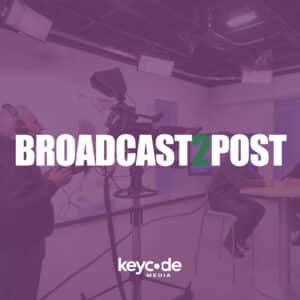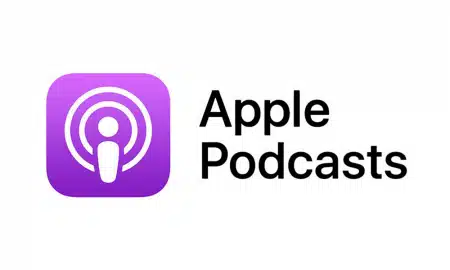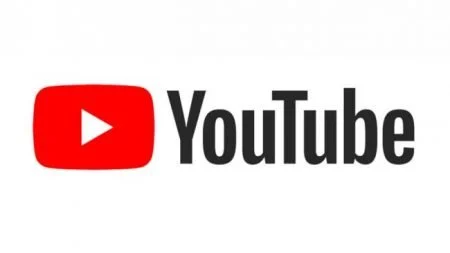In this episode of Broadcast2Post, the Key Code Media team will discuss camera systems, lighting, and video switcher equipment that will allow you to plan, budget, and build a Video Production Studio, Control Room, and Network in 2022. Then, our engineer panel discusses hot topics like IP vs SDI standards, lighting and rigging, remote contribution, UHD video, multi-cam live streaming, graphics systems, and more.
Our goal is to help your team make better decisions while researching the equipment, the workflow, and the deployment of the right technology in your production. On that note, we’re providing a template “checklist” below to help your team answer the right questions before approaching a systems integrator- like Key Code Media– to help formulate the final design.
“BUILDING A VIDEO STUDIO” CHECKLIST
In this checklist, we’ll assume this is a net new studio and not upgrading part of the workflow in an existing space. If it is an existing build, you can probably skip some questions and add a host of questions about compatibility with what equipment you already own.
#1 CORE QUESTIONS – Concept, Deliverables, Budget, Timeline
You need to start with the most foundational questions and make hard decisions with your team on using the studio space. Changing ideas mid-project will cost your team a lot of pain and will almost guarantee you miss the mark on your budget and deadline.
THE CORE QUESTIONS:
- What will the studio space be used for?
- What are the deliverables?
- What is the budget?
- What is the timeline?
#2 THE SPACE QUESTIONS – Floor Plan, Layout, Electrical, Function
Let’s start with the studio’s purpose, space, staff, and environment. You’ll need to make different decisions if you’re looking to put on a live-to-tape podcast or a television program with a live audience. Funny enough, the success with your space often comes down to simple things like electrical, HVAC, internet capacity, and the floor plan itself.
THE SPACE QUESTIONS:
Floor Plan
- How much space will we need?
- Is a separate ceiled control room required for the technical team?
Acoustics
- Is our space acoustically treated?
- Are there potential sounds outside of the building that can bleed into the building? (Ie. planes, trains, and automobiles)
Building Changes
- Will you need to take down or build new walls and expand the footprint of our space? This may require special permitting.
Grounding
- Is the concrete or steel grounding the building properly?
Cable Routing
- Where are all the cables going?
- What are your cable paths? Check if the ceilings are high enough to allow raised cable trays to be mounted on the ceiling.
Room Color
- What is the current room color, and does that need to change?
Access To Building
- Is a loading dock available to bring all that heavy new equipment inside? Essential for moving in/out rentals and set pieces.
Electrical & Patch Bays
- How much-dedicated power is available to our space?
- Where are the wall outlets, and do they need to be moved?
- Will there be backup power available?
- Where do you prefer to connect devices? Are there certain walls or floor tiles that would be preferred?
- What are the types of connections you need available? SDI, XLR, Fibre? Or is the plan to run this largely ethernet based?
HVAC
- What considerations do you have for a separate HVAC? Hint: Using your existing HVAC will likely not be enough. Especially when you add lighting, LED walls, rack rooms, and control rooms.
Ceiling Height
- What are the height and weight capacity of our ceiling?
- What obstacles are up there – MEP (Mechanical Electrical and Plumbing) considerations?
Internet Connectivity
- What is the internet capacity?
- Are you planning to use wifi in the space?
Public Access
- What will visitors’ opinions of the reception area, and how will you accommodate audiences for studio shows? Hint: Make sure there’s plenty of parking and shade for people standing in outdoor lines.
- What is the building access during the installation? What level of access will you have to the space?
The Set & Furniture
- Is there a setting, or is the space multipurpose?
- Should we have plans to use Green Screen or LED Virtual Sets?
- What type of furniture is needed? Do you have enough space to load into the building?
- What is the doorway clearance for large sets and rentals?
#3 EQUIPMENT DECISIONS – Cameras, Lights, Control Room
Ultimately, the equipment decisions also come down to the outcome of your budget and deliverables. If you’re looking for a cinematic feel, you’ll probably put more emphasis on large sensor cameras. While a podcast might put more emphasis on good audio, with cameras that are set-and-forget, like a PTZ camera.
THE EQUIPMENT QUESTIONS:
Camera Systems
- Is this a Single Cam, Multi-Cam?
- Is this a mixed-use facility that plans to build and add equipment for the dominant use and then rent for the occasional?
- What are the camera and output requirements? Do you need to use Large Sensor cameras? What about the resolution and delivery platform?
- What is the distance between talent and the camera? How will that impact lens and zoom decisions?
- Are you in need of teleprompting?
- What type of camera operators will you have? For example- Skilled, Unskilled Labor? Manned or unmanned? cameras?
Lights
- Is this a static or flexible lighting rig? How often are you changing it out?
- Is there a plan for a background LED/XR/VR wall?
- What does the Lighting Operator/Crew look like?
Truss & Rigging
- What is the estimated weight of lights you plan to hang?
- Is the initial plan to hang or use ground support?
- Will you need seismic/earthquake protection?
Audio
- What type of microphones do you need, and how many?
- Do you need a PA system to play audio inside the studio while recording?
Control Room
- Playout – Will this output be broadcast on television, YouTube, or both? Does a feed need to play out within the studio or building itself?
- Graphics – Do you need graphics, like lower thirds? What about graphics that require live data feeds, like sports and weather?
- Video Switcher – How many cameras and what types of cameras and devices need to be accessed throughout the production? What source types should be planned for today and the future?
- Lighting Control – Should you need access to all the lighting devices from a single control unit? Is it Preferable to have it pre-programmed with presets or controlled by staff?
- Audio Consoles & Control – Is this going to be a separate space from the control room?
- Encoder / Decoder – Are you sending signals to other studios, the internet, or maybe even satellite
- Comm Systems – Are comm systems limited to the studio space, or will we need to bring in stakeholders from outside? Who needs access to comms?
- Furniture – Is the plan to have custom professional consoles? We should also want to double-check if the furniture is flexible for future changes and growth and if it will fit through the door?
- Remote Contribution – Is there a need for Remote Guests or Remote Cameras to contribute real-time in the production? Is there a need for Remote Control of your cameras, lighting, or remote contribution from directors, producers, sponsors, or other staff?
- Rack Closet / Rack Space – Is there an appropriately sized area for servers and racked gear? Is it quiet enough not to impact studio areas? Does the rack room have adequate cooling?
- Automation Systems – What systems would you prefer to automate?
- Quality Control – Are there requirements for measurement and broadcast quality control?
- Captioning – What are the closed captioning requirements?
- Routing – How many total video and audio signals do you expect to use for your “largest” production?
This list is just the start. Once you present these questions to the Key Code Media systems integrator team and the manufacturers you’re looking to partner with, there will be many more questions. Click “Book A Consultation” to get the conversation started on your next video studio project.






